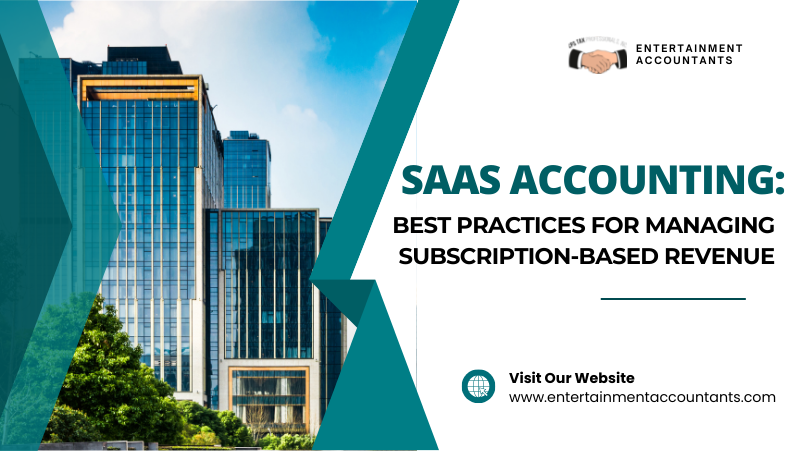Running a Software as a Service (SaaS) business comes with its own set of challenges, especially when it comes to accounting and revenue management. Unlike traditional businesses that recognize revenue at the point of sale, SaaS companies must navigate the complexities of subscription-based revenue. This model requires careful planning, ongoing management, and accurate reporting to ensure the financial health of the company. Let’s dive into some best practices for managing subscription-based revenue in a way that’s straightforward and practical.
1. Understand Revenue Recognition
One of the most critical aspects of SaaS accounting is revenue recognition. Unlike one-time sales, subscription revenue is recognized over the life of the contract. For example, if a customer pays $1,200 for an annual subscription, you can’t count all $1,200 as revenue immediately. Instead, you’d recognize $100 each month over the course of the year.
This approach aligns with the accounting principle of matching revenue with the period in which the service is provided. It’s essential to set up your accounting systems to handle this automatically, ensuring that revenue is recognized correctly and consistently.
2. Automate Billing and Invoicing
With the recurring nature of SaaS revenue, automating your billing and invoicing processes is key. Manual invoicing can lead to errors, missed payments, and an inefficient use of time. Automation tools can handle the recurring nature of subscription payments, send out invoices, and even follow up on late payments.
Automated billing systems also integrate with your accounting software, ensuring that your revenue recognition is accurate. This not only saves time but also reduces the risk of human error, helping you keep your financial records clean and reliable.
3. Track Key Metrics
Keeping a close eye on key metrics is vital for SaaS businesses. Some of the most important metrics to track include Monthly Recurring Revenue (MRR), Customer Lifetime Value (CLTV), and Churn Rate.
MRR: This metric gives you a clear picture of your predictable revenue stream, allowing you to plan and forecast more effectively.
CLTV: Understanding the value of your customers over the duration of their relationship with your company helps in making informed decisions on customer acquisition costs.
Churn Rate: Monitoring churn rate allows you to identify trends and address potential issues in customer satisfaction or product performance.
Tracking these metrics regularly provides insights that can inform your financial planning and business strategies.
4. Separate Revenue Streams
SaaS companies often have multiple revenue streams, such as different subscription tiers, one-time fees, or add-ons. It’s essential to separate these streams in your accounting system to gain a clear understanding of where your revenue is coming from.
Separating revenue streams allows you to analyze the profitability of each one individually. This can be particularly useful for making decisions about which products or services to focus on, pricing strategies, and customer segmentation.
5. Prepare for Compliance and Audits
Compliance with accounting standards like ASC 606 and IFRS 15 is mandatory for SaaS companies, especially as they grow. These standards outline how revenue should be recognized and reported, ensuring transparency and consistency in financial reporting.
Staying compliant requires a deep understanding of these regulations and often involves complex calculations. Preparing for audits by maintaining thorough and organized records is crucial. Investing in specialized accounting software can simplify this process, helping you stay compliant without added stress.
6. Plan for Cash Flow Management
Cash flow can be a challenge for SaaS businesses, particularly when dealing with annual subscriptions. While you receive the cash upfront, revenue is recognized over time, which can create a gap between cash flow and revenue recognition.
To manage this, it’s important to forecast cash flow accurately and plan for potential shortfalls. Consider setting aside a portion of the cash received from annual subscriptions to cover the periods when cash inflows might be lower.
7. Engage with Professional Accountants
Finally, engaging with accountants who specialize in SaaS businesses can be invaluable. SaaS accounting has its quirks, and professionals who understand these can provide advice and services tailored to your needs. They can help you set up your accounting systems, ensure compliance, and provide insights that support your business’s growth.
Managing subscription-based revenue in a SaaS business doesn’t have to be overwhelming. By following these best practices, you can streamline your accounting processes, maintain accurate financial records, and set your business up for long-term success. Whether you’re just starting out or looking to refine your existing processes, a solid understanding of SaaS accounting is crucial for navigating the unique challenges of this industry.

